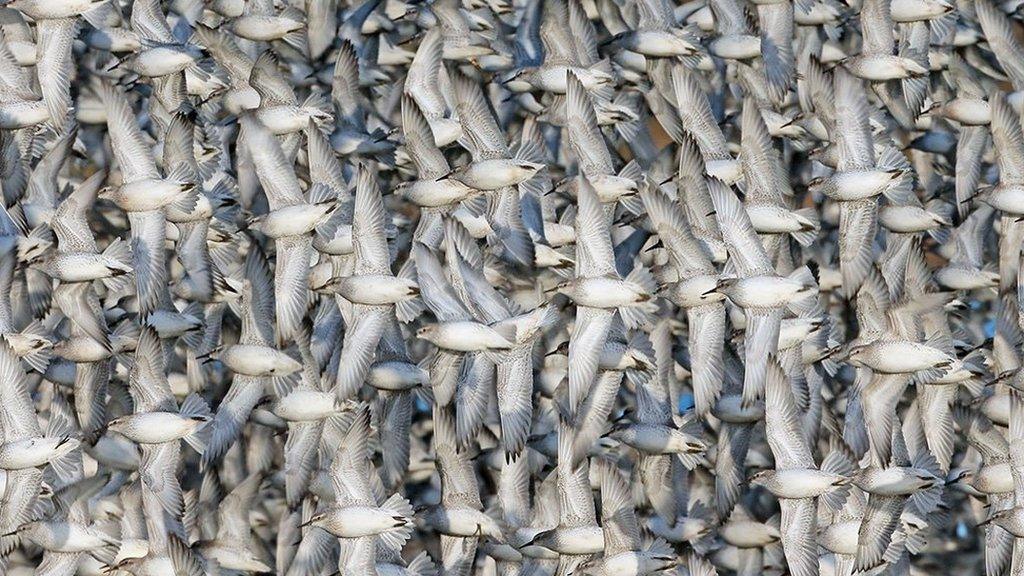East Atlantic Flyway UNESCO nomination is 'tremendous news'
- Published
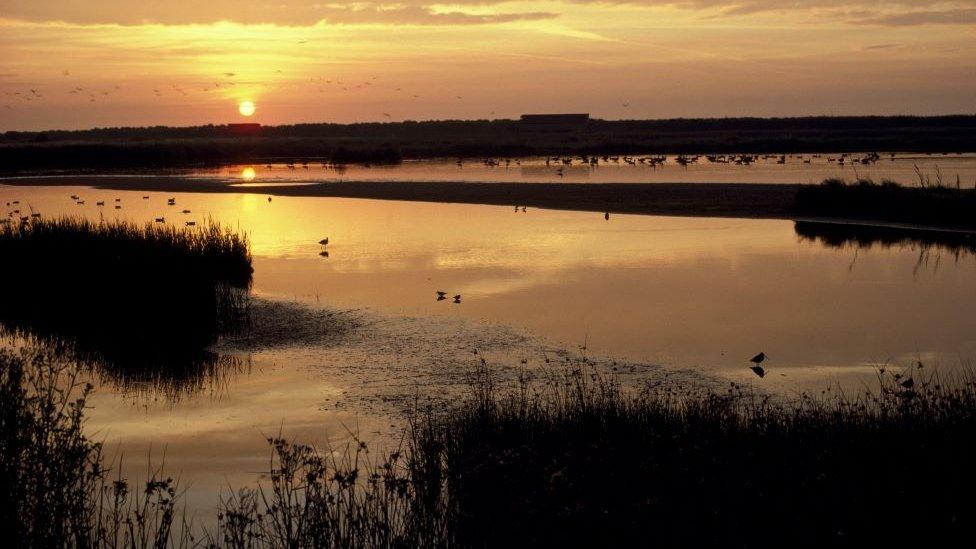
The East Atlantic Flyway, a migratory bird route which covers the east of England, includes the RSPB Minsmere reserve in Suffolk
Being nominated as a UNESCO world heritage site was tremendous news, a nature reserve spokesman said.
The East Atlantic Flyway, an area covering some 800 miles, is one of seven sites to be put forward by the UK government to get the status.
The site is visited by millions of birds annually.
"It's recognising its importance for the birds and for us as people," said Adam Rowlands, manager of RSPB Minsmere in Suffolk.
The Flyway also incorporates the National Trust's Blakeney National Nature reserve in Norfolk which, together with Minsmere, featured in the BBC Wild Isles series.

RSPB Minsmere on the Suffolk coast provides refuge for 155 visiting bird species
The area brings together a coastal network of wetlands covering the same size as two New York cities (170,000 hectares) from Blacktoft Sands reserve on the Humber estuary to RSPB Wallasea Island, Essex and also reserves along the River Thames.
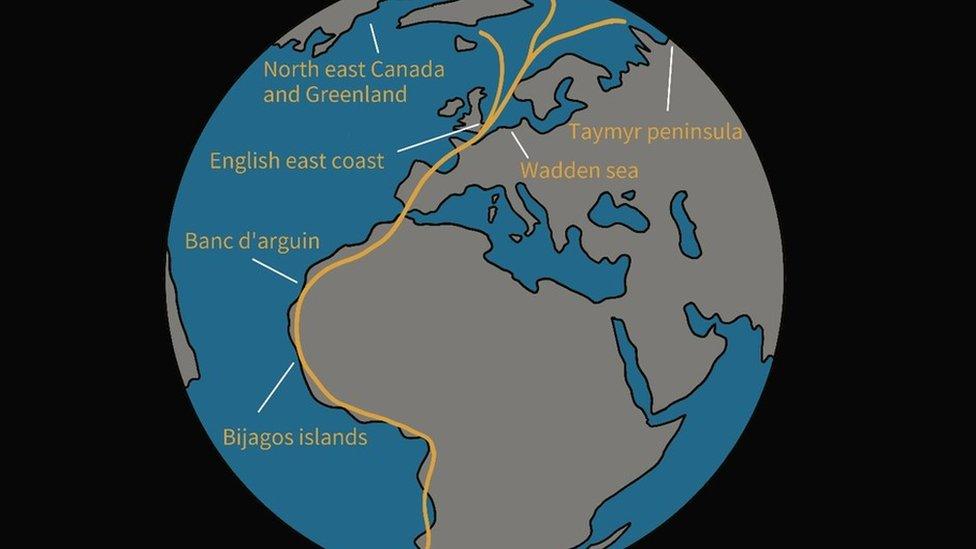
The route of the East Atlantic Flyway

Adam Rowlands of RSPB Minsmere says the recommendation was significant
"These wetlands, like on the open coast at Minsmere, and our estuaries, are a fantastic place of global significance for migratory bird populations," Mr Rowlands said.
Species like the dark-bellied brent geese, familiar on the Essex estuaries, and black-tailed godwits, pass through Minsmere on their way to Iceland, as well as bar-tailed godwits, which "make a massive journey from South Africa to Greenland and Siberia where they nest".
"We have birds that come here for the winter, they migrate back to their breeding grounds," said Mr Rowland.
"Birds that stop off to feed as part of their migratory journey, from South Africa through to the Arctic, and birds that come here to nest."
Brent geese are also a familiar sight at RSPB Frampton Marsh on the Lincolnshire coast. Staff there are also thrilled by the nomination.
Spelling out the importance of the site to world conservation, manager John Badley said: "If you see 3,000 brent geese out there, like you can today, that's 1% of the whole world's population of just that one species."
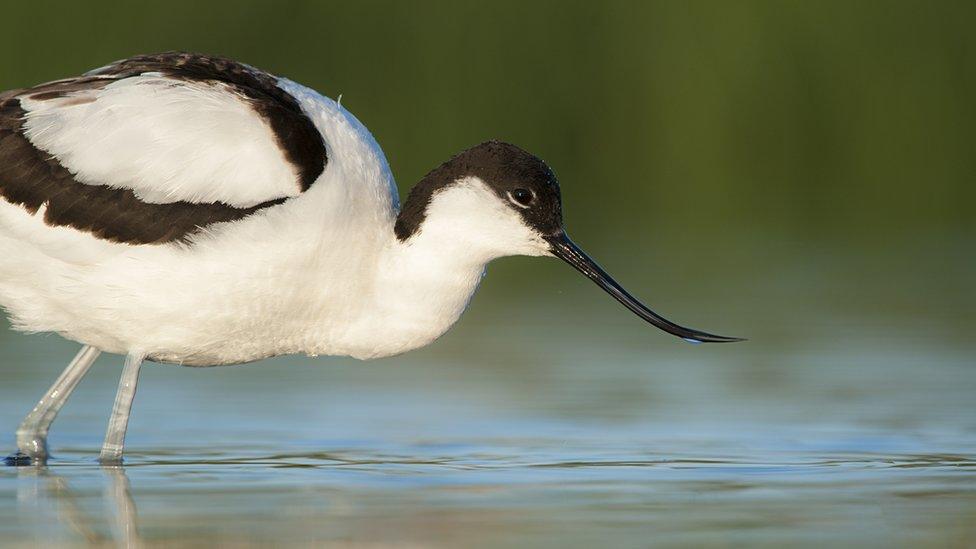
A rare avocet drinks from a pool
The Wadden Sea, external, which spans the Dutch and German coasts, and the Banc d'Arguin , externalNational Park in Mauritania, west Africa, are two examples of bird reserves which have received world heritage status.
Mr Rowland said getting the status would help "raise awareness of the landscape scale.
"This isn't about affording them (the sites) additional protection, it's about recognising their importance and how they all work together."
"All of these sites make one unique, global site," he said.
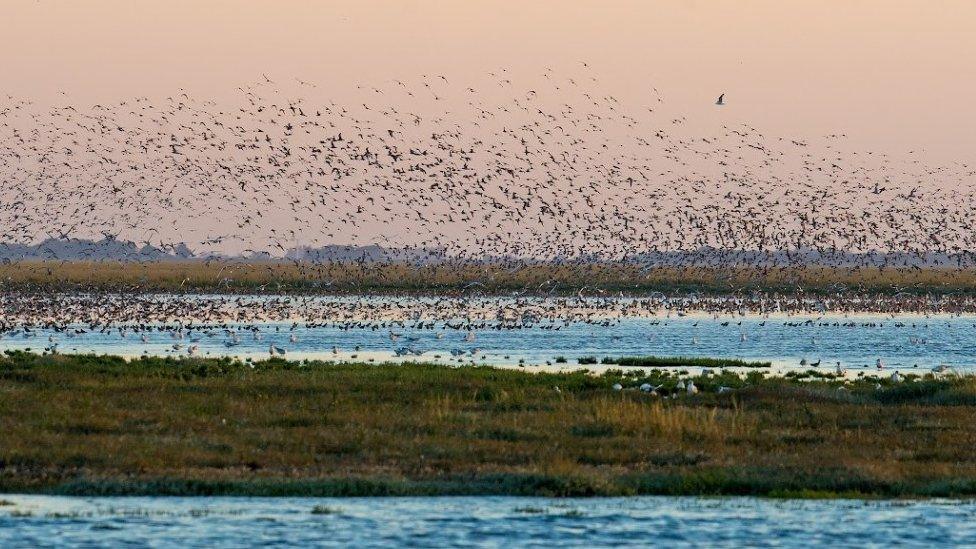
Norfolk wader flock on the Wash
The east coast of England is one of the most vulnerable coastlines in the UK, the RSPB said.
Sea levels are expected to rise due to climate change, threatening many habitats and communities.
Along this coast, projects are delivering flood defence adaptations and conservation side-by-side.
A UNESCO site is a globally-recognised designation given to places of cultural, historical or scientific significance.
There are just two Natural World Heritage sites in the UK; Dorset and East Devon Coast and the Giant's Causeway and Causeway Coast.
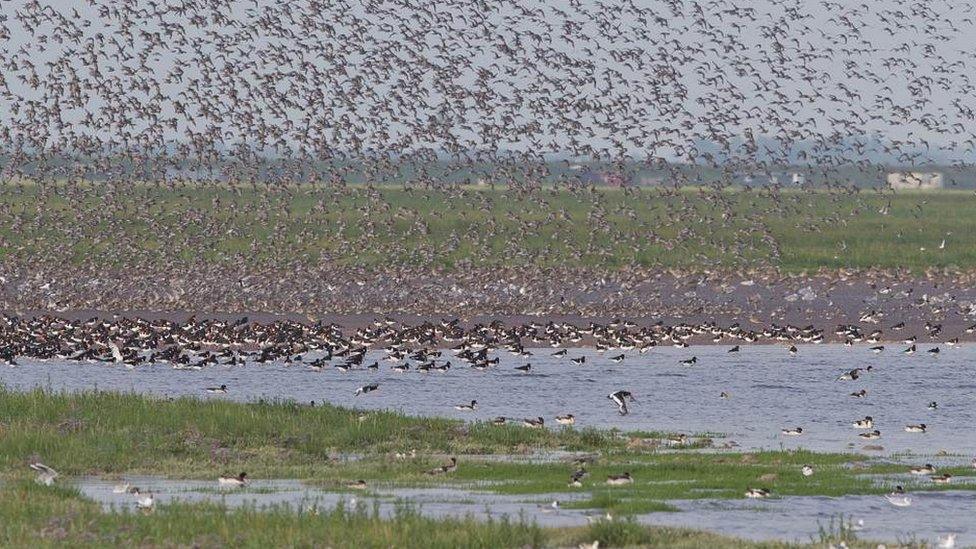
Wader flocks gather annually on The Wash, Snettisham, Norfolk

Find BBC News: East of England on Facebook, external, Instagram, external and Twitter, external. If you have a story suggestion email eastofenglandnews@bbc.co.uk, external
- Published10 April 2023
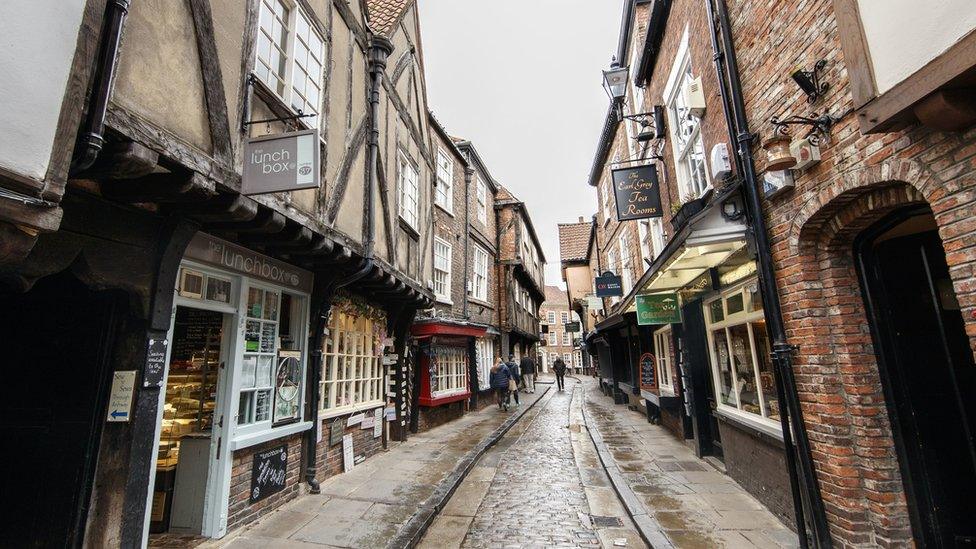
- Published21 January 2023
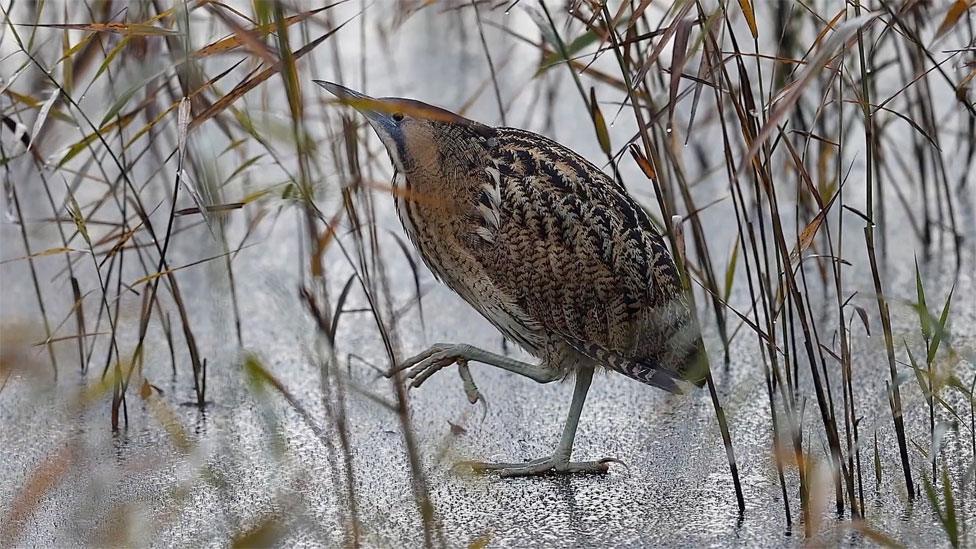
- Published7 December 2022

- Published20 October 2020
